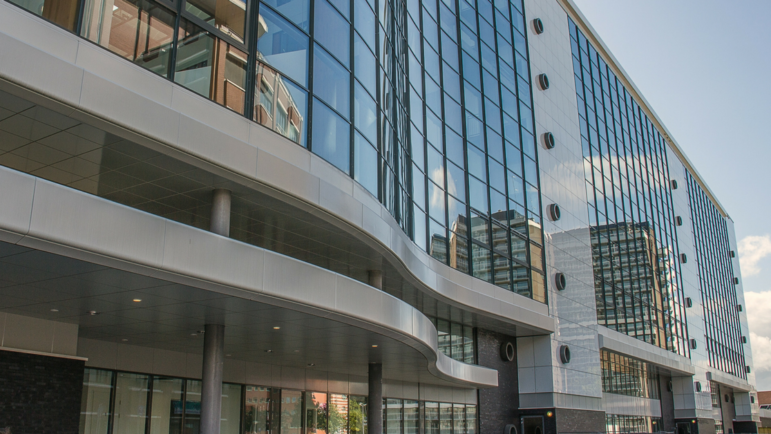Ever wonder why you can’t get a straight answer about how much a test or procedure in the hospital will cost? Or why the same health care service is priced so differently at hospitals in the same city?
The relationship between hospitals and private insurers plays a large role in the answers to these questions, according to a new report from the Health Care Pricing Project. The HCPP is led by a team of health care economists, and utilizes a massive data set of insurance claims for over 100 million people between 2002 and 2011. (Importantly, these data include providers’ negotiated transaction prices, not just what they initially ask insurers to pay). The report from the project uses these data to explore hospital spending and price disparities for patients with employer-sponsored health coverage.
Price differences vary not only across regions, but between hospitals in the same city, and between patients in the same hospital!
What they found was that negotiations between private insurers and hospitals, as well as the relative market power of hospitals and insurers, determines prices more than the Medicare fee schedule, which is often seen as a price benchmark. Health care spending for patients with private insurance was only minimally correlated with Medicare spending at the same hospitals; only 57% of hospitals’ negotiated prices are set off the Medicare fee schedule.
Prices matter a lot when it comes to health spending for the privately insured. Most differences in Medicare spending across hospitals and regions are because of differences in utilization of services (quantity). But for privately insured patients, about half of the variation in spending between hospitals are region is from differences in price. And these price differences vary not only across regions, but between hospitals in the same city, and between patients in the same hospital!
Hospital administrators can’t give you an estimate of how much something will cost – even if they know how much they usually charge – because it depends on the bargaining power of your insurer.
For lower-limb MRIs, a procedure that should be homogenous across hospitals and patients, about 20% of price variation occurs within hospitals. This means that insurers’ negotiating power with hospitals can have a large impact on the prices they pay. This finding also explains why doctors or even hospital administrators can’t give you an estimate of how much something will cost, even if they know how much they usually charge – because it depends on the bargaining power of your insurer.
The more market power, the more bargaining power with insurers, the more hospitals can charge.
Because bargaining power between hospitals and insurers is so important, a hospital’s market share makes a big difference in prices, the researchers found. Prices at hospitals that are monopolies are 12% higher than those in markets with
four or more other hospitals. And when hospitals in the same geographic area merged, prices at the hospital increased by 6%. The more market power, the more bargaining power with insurers, the more hospitals can charge. No wonder large hospital systems from Pittsburgh to Boston to California keep expanding…
